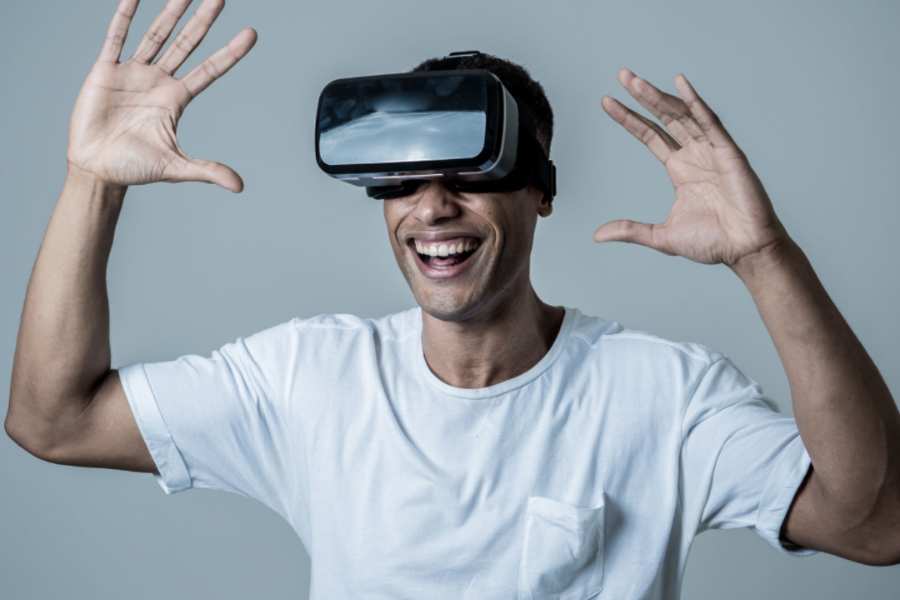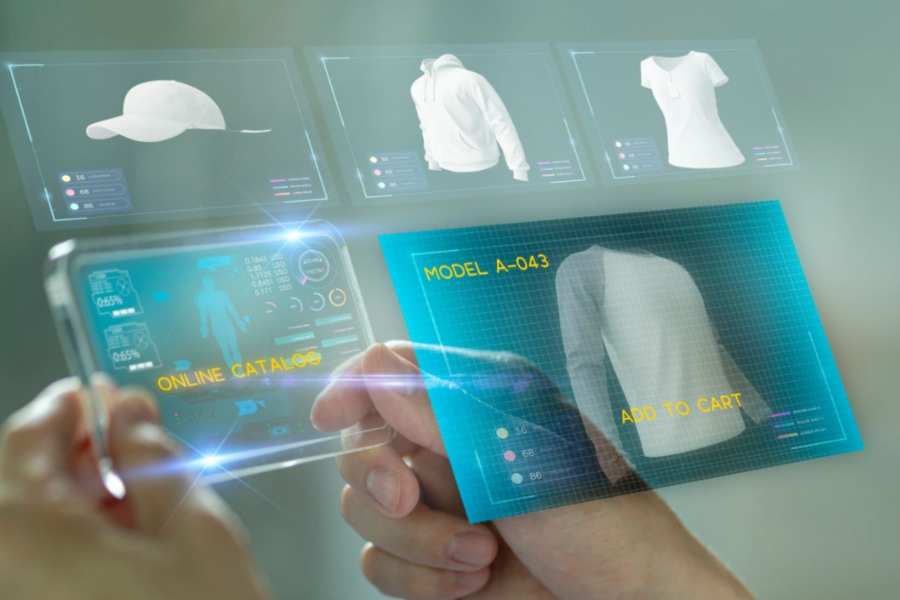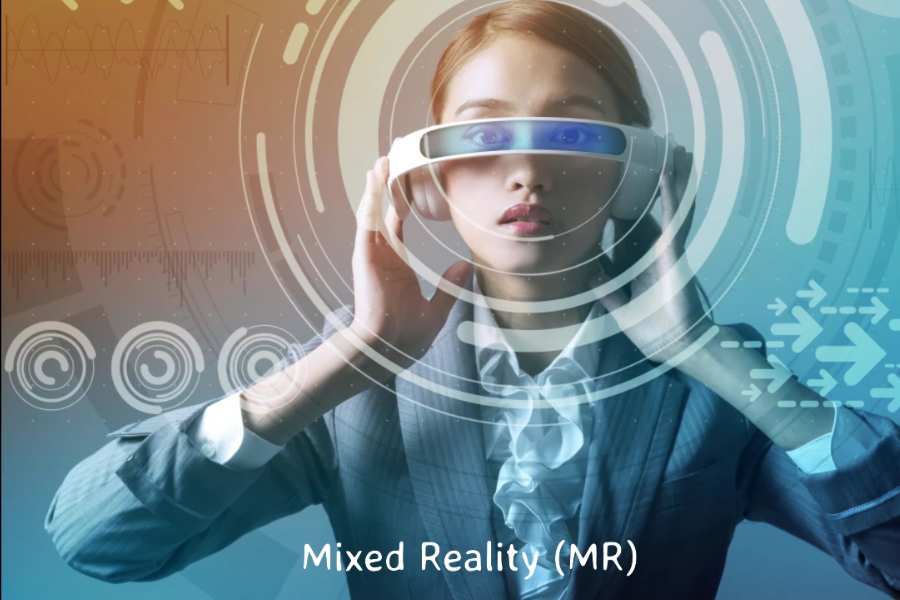Today's technological advancements have led to the development of new ways to interact with the world around us, blurring the lines between the real and the virtual. As a result, Augmented Reality (AR), Virtual Reality (VR), and Mixed Reality (MR) have gained significant attention due to their potential to reshape industries and enhance user experiences. Although these terms are often used interchangeably, they are different from one another. So, in this article, we will explore the concepts of AR, VR, & MR, highlighting their unique features, applications, and potential impact on our lives to better understand what they offer to the table. There are some challenges that need to be addressed before VR can become truly mainstream. These challenges include:
There are some challenges that need to be addressed before VR can become truly mainstream. These challenges include: Here are some things to keep in mind when dealing with the AR components:
Here are some things to keep in mind when dealing with the AR components: The challenges that the MR comes with:
The challenges that the MR comes with:
VR (Virtual Reality)
Virtual Reality (VR) takes users into digital environments, disconnecting them from the real world. In VR, individuals can explore computer-generated worlds that mimic reality or are completely unrealistic. It utilizes special headsets, motion-tracking technology, and handheld controllers to make users feel like they're really there and can interact with the virtual components. The entertainment industry uses VR for gaming and storytelling, allowing players to become their characters and feel fully engaged. Moreover, VR has applications in education, training, healthcare, and more beyond entertainment.
- Cost: VR stimulating components are expensive, limiting their affordability to a few users.
- Content: Not all multimedia can be streamed through VR, limiting the engaging experiences that can be achieved with this technology.
- Motion sickness: Some people experience motion sickness when using VR headsets. This is a problem that needs to be addressed before VR can be used for extended periods of time.
AR (Augmented Reality)
Augmented Reality (AR) is a technology that augments what we perceive in the real world with digital elements, making it more fascinating and participatory. AR seamlessly incorporates digital material into the actual environment, from basic applications like virtual filters on social media sites to more intricate usage in disciplines like architecture. It has the potential to revolutionize the shopping experience by allowing shoppers to try on virtual items or perceive things in their real environment. Furthermore, AR-based navigation systems can deliver real-time instructions and information, improving our ability to navigate cities and discover new areas.
- Power consumption: AR can be power-intensive, which can limit the amount of time that AR can be used.
- Accuracy: AR relies on the accuracy of the tracking system to coincide with digital content in the real world. If the tracking system is not accurate, the AR content will not provide appealing results.
- Latency: AR requires real-time tracking and rendering of digital content. If there is a delay in showing the virtual content in AR right away, it can interrupt the smooth experience and make it feel strange to users.
- Privacy concerns: AR components have to track users' movements and activities, which raises privacy concerns.
- Apple launches its first mixed-reality headset—Vision Pro—with dual 4K displays
- What is VR and Why do you need it?
- Google showcases AR Smart Glasses prototype with real-time language translation
MR (Mixed Reality)
MR combines the best of AR and VR to create a hybrid experience that mixes the digital and real worlds flawlessly. Users can engage with virtual things that are merged into their real-world surroundings with this technology. Architects, for example, may use MR to see and modify 3D models of structures while being connected to the actual world. This technology has significant implications for remote work, enabling collaboration and innovation regardless of geographical barriers.
- Software development: MR software is still in its early stages of development. This can make it difficult to find high-quality MR applications, and it can also be difficult to develop new MR applications.
- User experience: MR can be a very immersive experience, but it can also be disorienting. This can make it difficult for users to interact with MR applications in a natural way.
- Performance: MR headsets can be computationally demanding. This means that they need to be powerful enough to render the virtual world and track the user's movements in real time.
Differences between AR, MR, and VR
| Feature | AR | VR | MR |
| Definition | Enhancing the real world with virtual elements. | Immersing users in computer-created environments | Blending the virtual and real worlds for interactive experiences. |
| Devices | Smartphones, Tablets, head-mounted displays | Head-mounted displays | Head-mounted displays |
| Applications | Gaming, Entertainment, Education | Gaming, Entertainment, Training | Training, Collaboration, Manufacturing |
| Examples | Pokémon Go, Snapchat Filters, AR Navigation, Google Translate | Meta Quest 2, Google Earth VR, Beat Saber | Microsoft HoloLens 2, Apple Vision Pro, IKEA Place |
- Meanwhile, check our video on Galaxy A54 vs Galaxy F54.

To say something about myself, I have been writing tech and gadgets from 2021. Although coming from a non technical studies background, I'm someone who is always fascinated by the latest gadget and tech innovations, circling around. Besides writing, you'll find me listening music and aligning the stars through astrology and sometimes even, tarot cards! 😉🧿
Comments
No comments yet. Add a comment to start a discussion





